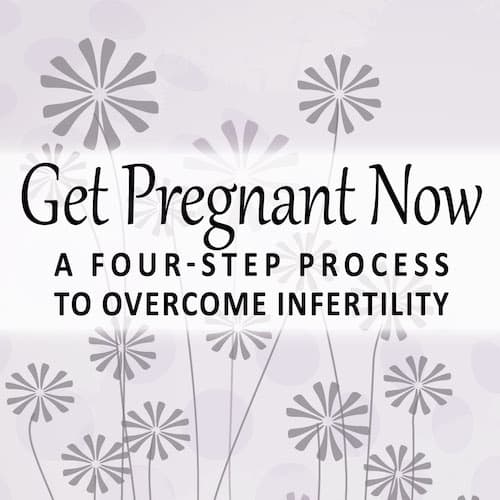Fertility Medications
Hormone Therapy: Simple pills to treat a hormonal problem
Hormonal problems are actually quite common in women. For some women there can be signs of this—most commonly, cycles that are irregular. If your menstrual cycle comes at different times each month (more than 5-7 days different) there is a good chance fertile eggs are not being released. The same is true if cycles are closer than every 25 days or more than every 35 days. Even more important than your exact cycle length is if there have been any changes.
 If your cycle seems different to you—how often or how much—chances are you are correct and something has changed. A good starting point for testing is a home ovulation predictor kit (urine LH kit) available from drug stores. There is no proof that the electronic monitors are any better than the simple urine sticks but name brand kits are more accurate than the non-name discount ones.
If your cycle seems different to you—how often or how much—chances are you are correct and something has changed. A good starting point for testing is a home ovulation predictor kit (urine LH kit) available from drug stores. There is no proof that the electronic monitors are any better than the simple urine sticks but name brand kits are more accurate than the non-name discount ones.
One area to be careful in is that if the cycles are abnormal the urine kits can give false positives which means the test turns positive but you actually are not ovulating! The opposite can also be true—women with certain hormonal patterns might be perfectly normal but the urine ovulation kits can miss the signal and look like you are not ovulating. A hidden danger of these simple kits is the more irregular your cycle is the more likely the kits are to be inaccurate!
For these reasons the ovulation test kits are only a basic starting test. They can give some idea if the cycle is normal but are not always accurate. To be 100% sure requires special tests from a physician. These are simple but much more precise than a home urine dipstick.
I recommend the kits best be used this way at home. For 1-3 months start the ovulation kit on day 10 and test every day. If the kit turns positive research shows you are most fertile if you have sex that night and the next day—that’s it! Sperm can live for 5-7 days in the woman and you are most fertile in the days just before and day of ovulation. There’s no need to try every other day or every day for weeks as you may read (unless you want to for other reasons). If the test is positive around the same days for 2-3 months then you can stop testing and know your fertile time. The best use of the kit is a rough indicator if you are ovulating at the expected time or not, as a early home testing step. Once you see you are ovulating as expected there is no need to use the kits every month. If this is not enough to achieve pregnancy in the time periods listed above, more specific tests are needed from a specialist.
Irregularities of any hormone system in the body can throw off normal reproduction and make pregnancy harder. One of the most common of these is thyroid disease which frequently has no symptoms at all. For some the earliest signs of thyroid irregularity is feeling more tired than usual, trouble concentrating, hair loss, memory difficulties, or weight gain.
Another common sign of a hormone problem can be milky fluid coming from the breast.
Polycystic ovarian syndrome (or PCOS) is a large group of hormonal problems that are the most common cause of lack of ovulation. Common signs are weight gain, oily skin or acne, or increasing hair growth on the face, chin, or chest. To make things more confusing there is another type of PCOS where women don’t have any of these signs at all and its only detected by blood tests and ultrasound!
The good news is that even though hormone abnormalities are very common they are among the easiest problems to fix. The testing to identify the problem is simple and easy and usually some simple pills are enough to fix the problem!
If a hormonal problem is present, treatments will usually make women actually feel far better than they felt before. What’s more, fixing these problems can significantly improve long term health and well-being beyond fertility and lower the risks of miscarriage when you are pregnant.



